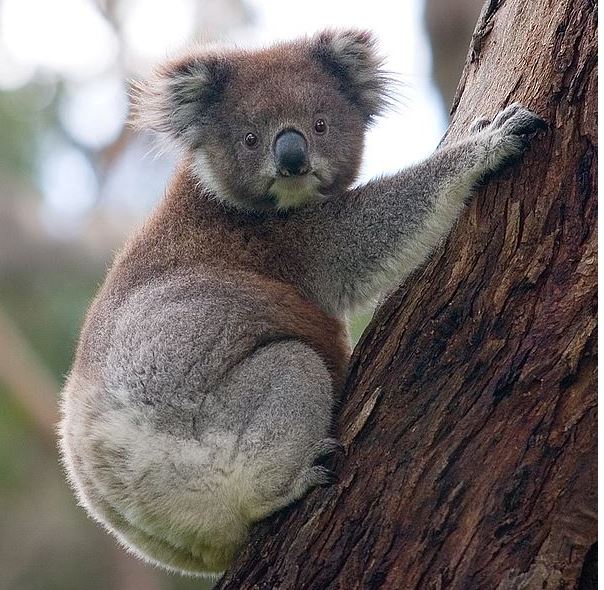
by BioEdge | Jan 10, 2017 | Site Content
Phascolarctos cinereus photo © Dilliff Koala is eucalypt-hyrax rather than Antipodean sloth Phascolarctos cinereus mounted skeleton photo © Sklmsta The koala is often compared with the tree sloths of the Americas, which are also...
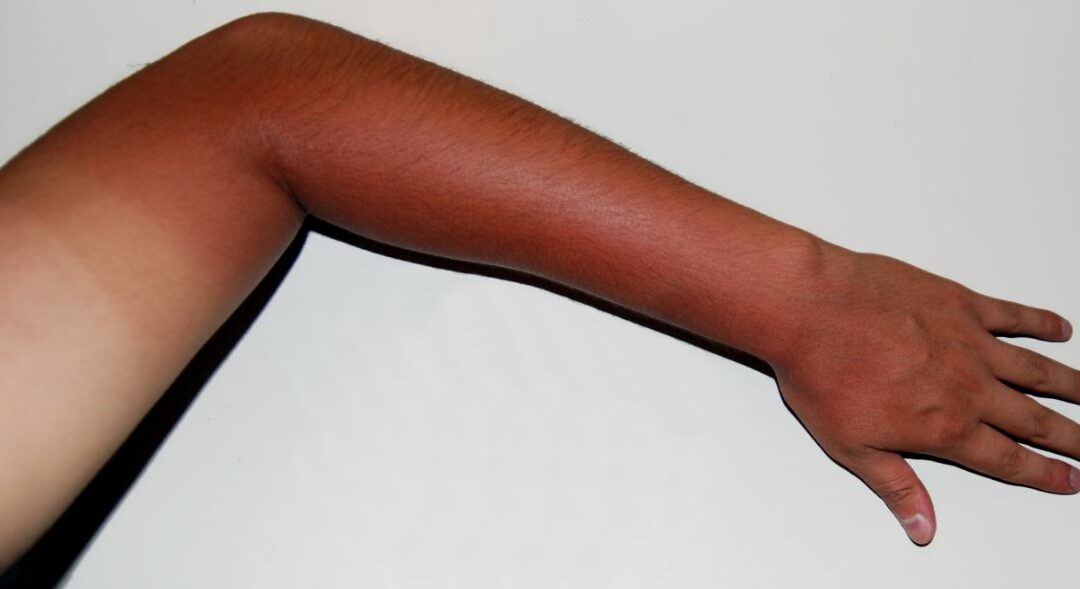
by BioEdge | Jan 10, 2017 | Site Content
Homo sapiens photo in the Public Domain Removing D from the list of vitamins ‘Vitamin D’ (-calciferol) cannot be called a human vitamin because it is an inactive substance made by human cells – regardless of diet – in such quantities...
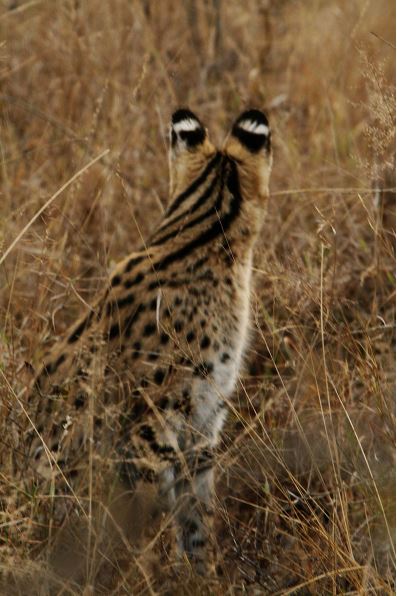
by BioEdge | Jan 10, 2017 | Site Content
Leptailurus serval normal morph photo © Lee Berger Why has the panther dimmed its lights? Panthera pardus normal morph photo © Lee Berger Most species of wild wild cats – which typically have inconspicuous colouration allowing them to...
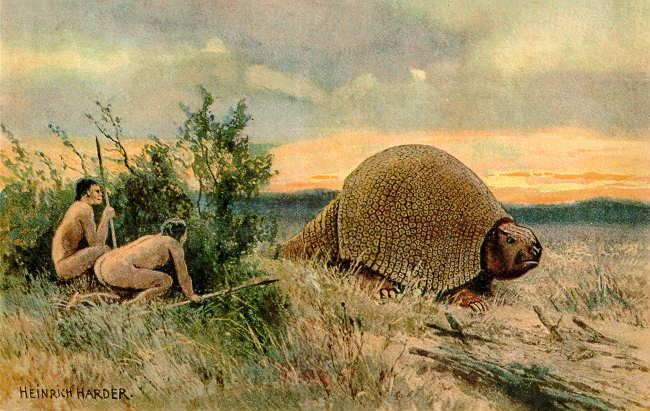
by BioEdge | Jan 10, 2017 | Site Content
Cholesterol as cost of progress from primitive hunter to industrial seed-eater Lipids vary greatly in their proneness to oxidation, polyunsaturated oils oxidising fastest and saturated fats slowest. This affects human health because it is the accumulation of oxidised...
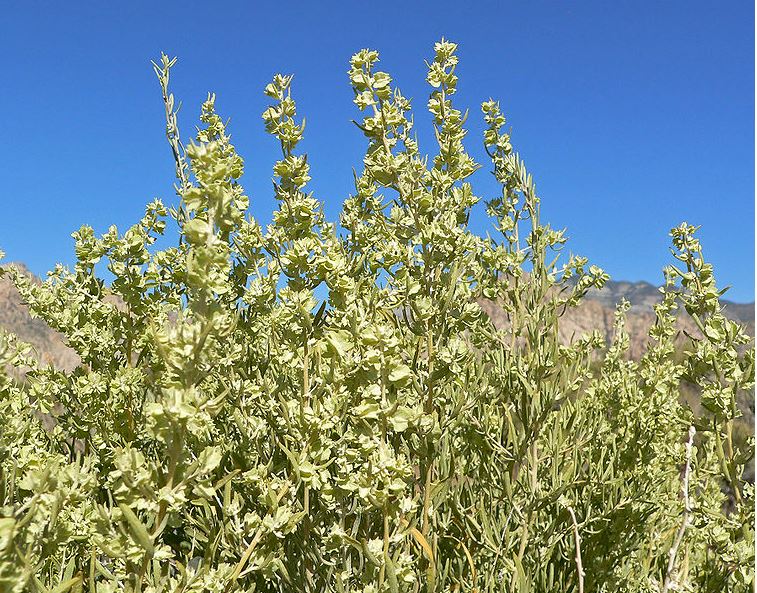
by BioEdge | Jan 10, 2017 | Site Content
Atriplex canescens photo © Stan Shebs Extra carbon to beat salt as opposed to heat Vegetation of Great Basin in winter photo © Qfl247 The C4-photosynthetic pathway is typical of tropical grasses because it allows the fixation of...
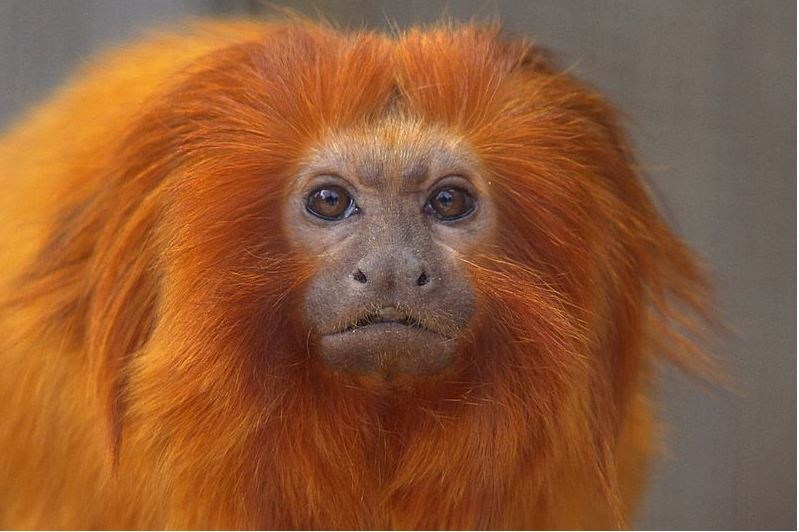
by BioEdge | Jan 10, 2017 | Site Content
Leontopithecus rosalia photo © Su Neko Even a monkey is not clownish enough to wear an orange tag Leontopithecus rosalia photo © Steve Washington There is a psychological rather than a zoological reason why no species or subspecies of mammal is called ‘orange’: this...







